


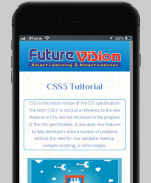
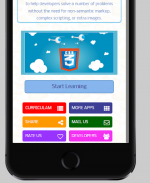

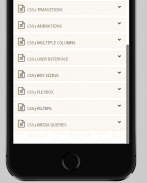

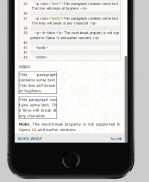
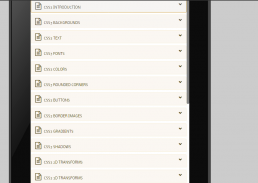
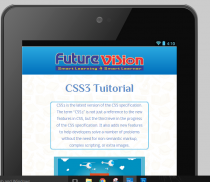
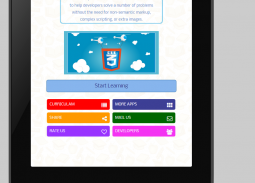
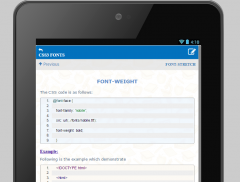
Offline CSS3 Advance & Editor

Опис програми Offline CSS3 Advance & Editor
CSS3 is a stylesheet language that describes the presentation of an HTML (or XML) document.
CSS3 describes how elements must be rendered on screen, on paper, or in other media.
This tutorial will teach you CSS3 from basic to advanced.
Rounded Corners: Corners. That are rounded.
Shadows: Adding “pop” to boxes and text.
Universal, Child, and Adjacent Selectors: More precise aim with clever selectors.
Advanced Colors: Alpha transparency and HSL.
At-Rules: Importing style sheets, styles for different media types, specifying the character set of a stylesheet and embedded fonts.
Attribute Selectors: Targeting boxes by their elements’ HTML attributes.
CSS Transitions: Creating smooth animations.
Backgrounds: Multiples, Size, and Origin
Transformations: Molding the size and shape of a box and its contents.
Gradients: Linear and radial gradients without image files.
Media Queries: Optimizing pages for different devices and screen sizes.
CSS3 is the latest version of the CSS3 specification. The term “CSS3” is not just a reference to the new features in CSS3, but the third level in the progress of the CSS3 specification. It also adds new features to help developers solve a number of problems without the need for non-semantic markup, complex scripting, or extra images.


























